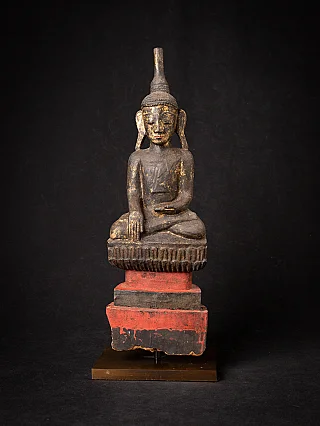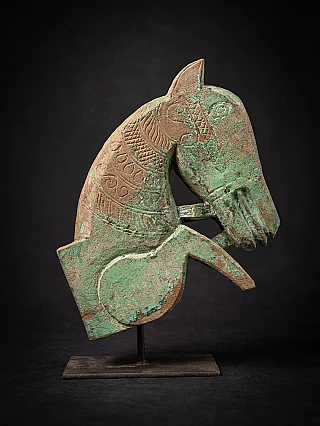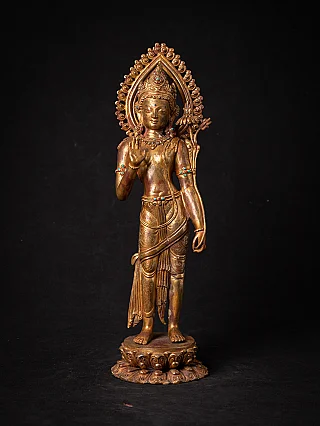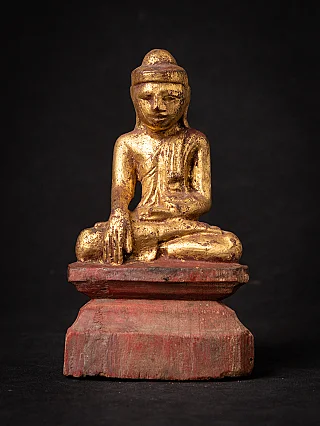The story: 108 snails on Buddha's head
Author : Peter Vredeveld

View our Buddha head statues in our gallery
Hair is often metaphorically regarded as a human being's illusion. Therefore, it is also called "weeds of ignorance," and having a shaved head symbolically represents getting rid of those illusions. It is believed that to achieve proper understanding and enlightenment, we should keep our bodies and minds clean. That's why we often see Buddhist monks with shaved heads. Even history suggests that Siddhartha Gautam Buddha cut his hair when he left his palace to achieve enlightenment.
However, when we see Buddha statues and other art forms, Buddha is portrayed with short, tight ringlet curls. There are around 108 ringlet curls on the Buddha's head. One might wonder why the artists have been portraying Buddha with short ringlets. There are numerous beliefs, one of which suggests that those ringlets are not short hair. They are 108 dried snails.

One day, the Buddha was roaming around. He began to ponder, so he sat under the tree and meditated. He became so immersed in his thoughts that he overlooked the time. The sun's rays were directed to his bald head as time passed.
At that moment, a snail was making its way along the ground. Snail noticed that the Buddha was meditating on that hot day. Even though he sat under the tree, the sun's rays were directed towards his head. Snail thought that the Buddha's head would soon become a distraction, and it would be hard for him to concentrate. Without a second thought, Snail made its way up to the Buddha's head and sat there, with his mucous body cooling the Buddha's smooth and bare skin. Other snails followed the first one, went up to the head, and sat there. Snails on the head looked like a neat cap of spiral shells.
Buy a Buddha statue for Goodluck
Snail's cool and damp bodies helped maintain the Buddha's meditation for hours. The Snail became parched due to the heat rays. Later in the evening, when Buddha stood from the meditation, he learned that he was wearing a cap of 108 snails, all of whom had given their lives to make a distraction-free environment for Buddha's path to enlightenment.
Since snails had given their lives for the Buddha, they are now honored as martyrs. Hence, they are displayed on Buddha statues to remind us of their sacrifice.
The Snail Myth Debunked
The story of 108 snails on Buddha's head is a fascinating legend, but it's important to note that it is a myth. It is essential to separate fact from fiction and provide accurate information to avoid misunderstandings. While the story may have been intriguing, it needs historical evidence and is separate from Buddhist scriptures or teachings.
Why Buddha is Portrayed with "Curls"?
The Essence of Shaving the Head
Portraying Buddha with short ringlet curls is an artistic convention and symbolism. The specific number of "curls" may vary from statue to statue, but it is not meant to represent dried snails. Instead, these "curls" represent Buddha's hair, reflecting the artistic styles of the regions and periods in which the statues were created.
Shaving the head remains a symbol of renunciation, humility, and detachment in Buddhism. It represents the removal of attachments to worldly desires and a commitment to a life of simplicity and spiritual pursuit. It's a practice followed by Buddhist monks to achieve inner clarity and enlightenment.
In summary, while the story of 108 snails on Buddha's head is an interesting myth, it's essential to understand that it is not a factual representation of Buddhist beliefs or practices. The portrayal of Buddha with "curls" is an artistic representation and symbolism rather than a depiction of dried snails.
Share this page














































